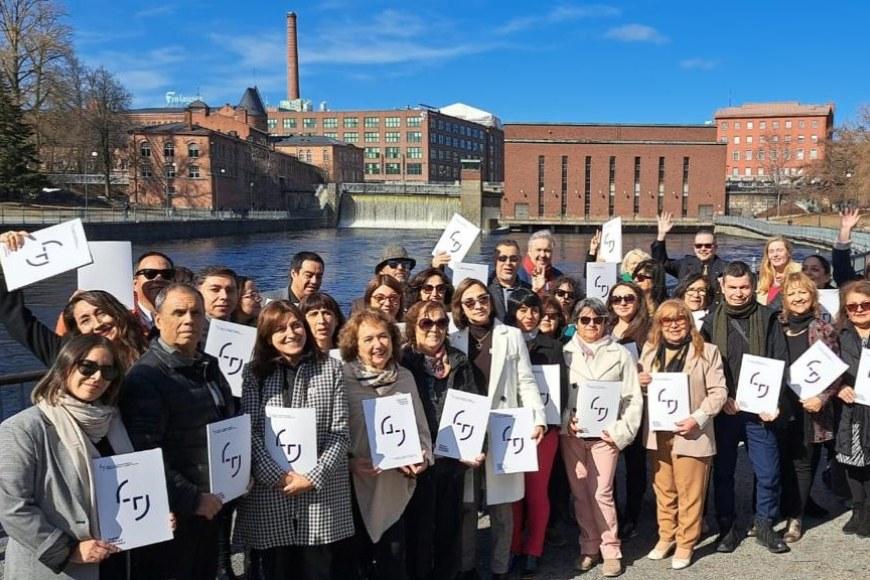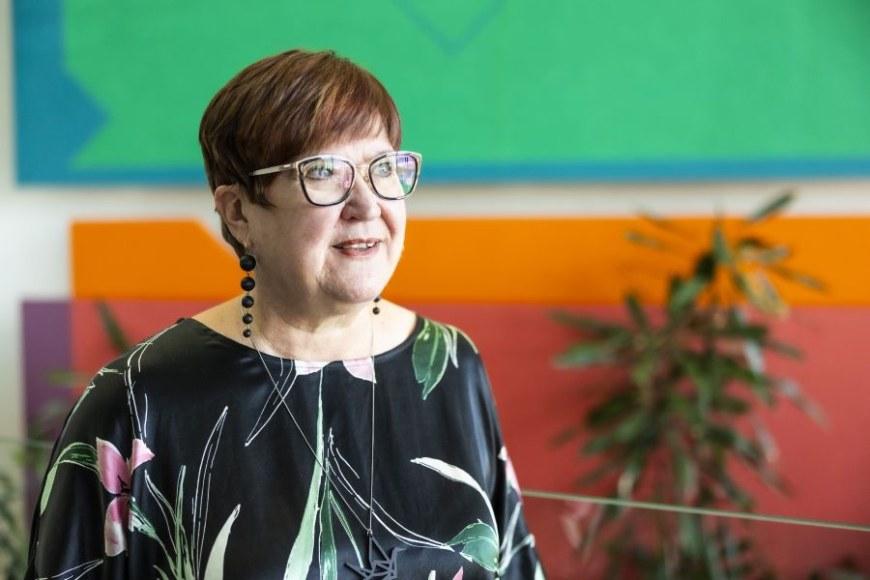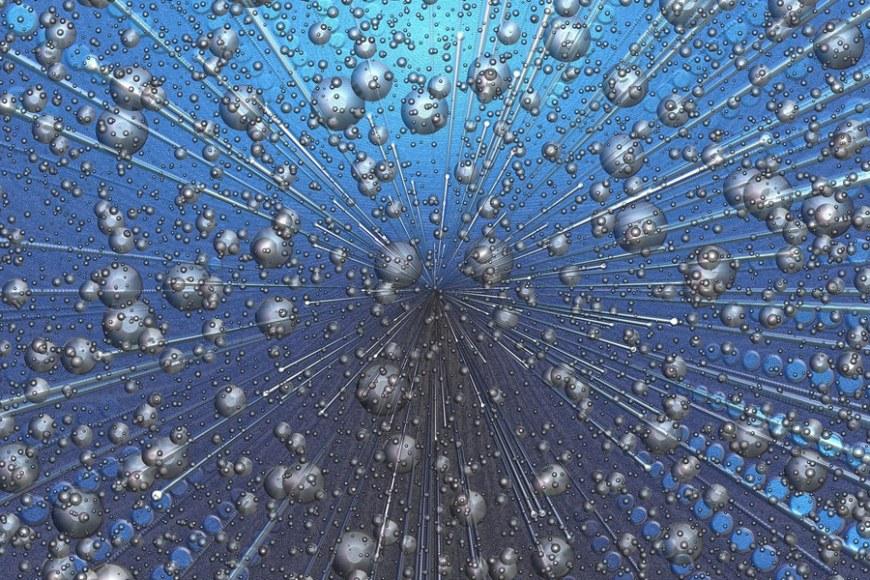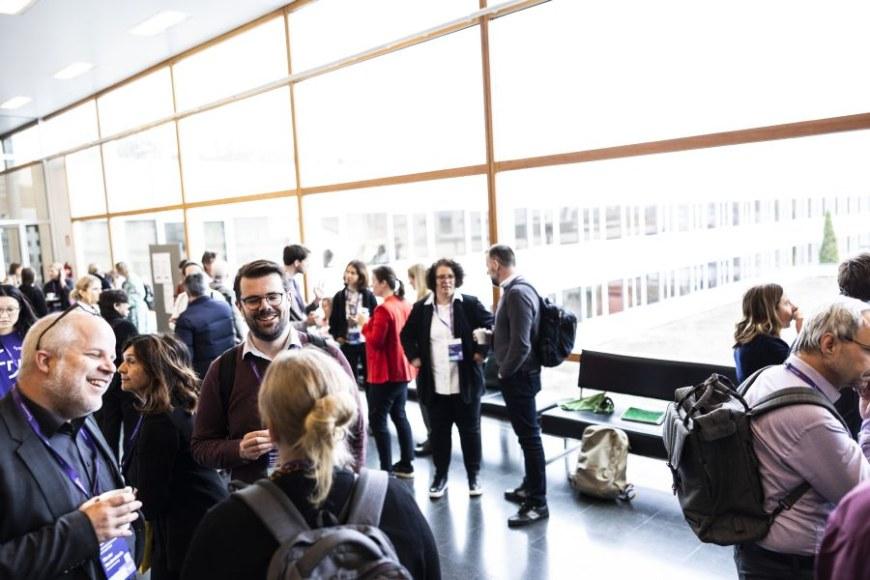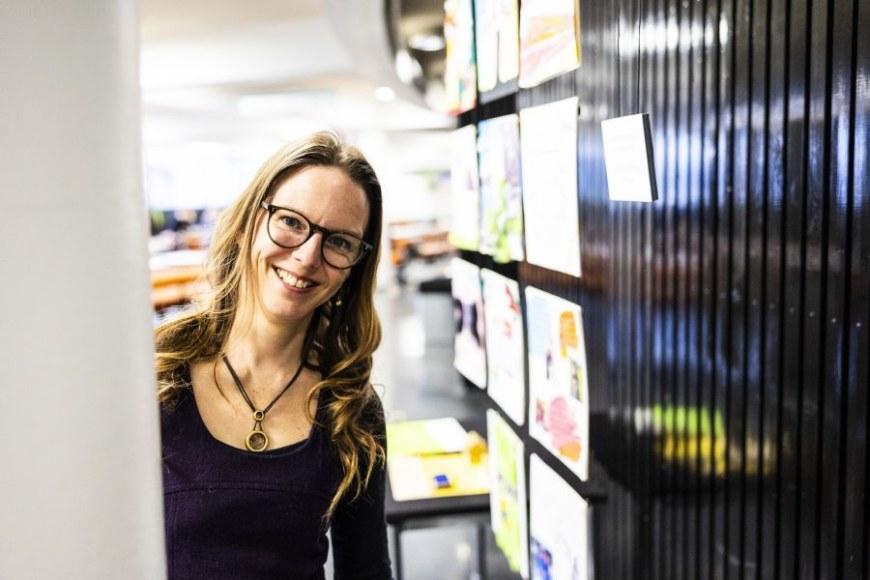Finland accelerates superconducting magnet development
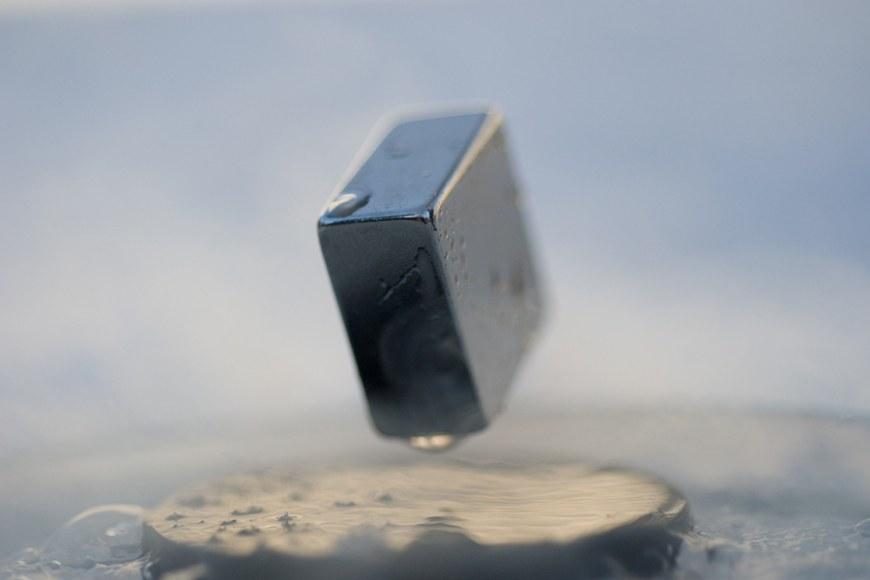
SMARAGDI is a joint effort of Tampere University (TAU) and five Finnish companies, 3DStep, Teraloop, Ramentor, Meluta, and Luvata. The goal of this consortium is to develop new technology solutions for high-temperature superconducting magnet applications. SMARAGDI will undertake a 2-year project partly funded by Business Finland’s Co-Innovation programme. The total project value is 2 M €.
Superconducting materials hold the potential to revolutionise aerospace, transportation, medical, energy, and other industry sectors. At very low temperatures, these materials have infinite electrical conductivity. High-temperature superconductor (HTS) technology still faces many technical challenges for large-scale commercial applications, however. The main challenges are related to diagnosing magnet fault events, complex and expensive manufacturing and operation, and complex physics to be analysed.
Tampere University has over 30 years of research history in applied superconductivity. Within the SMARAGDI project, its experimental research facility will be updated for designing, building, and testing new high-temperature superconducting magnet systems. The collaboration is holding preliminary discussions with international research laboratories such as the European Organization for Nuclear Research (CERN), that expressed interest in the consortium and whose Large Hadron Collider requires superconducting magnets.
“The uniqueness of the SMARAGDI ecosystem comes from bringing together experts from different fields of technology. All the participants are highly R&D oriented, which allows considering the latest research findings and emerging technologies. This collaboration enables such co-innovation potential that we will have much better possibilities to find real breakthroughs than if we were putting together only experts specialized in the same topic,” says Tiina Salmi, a postdoctoral researcher who is leading SMARAGDI’s superconductivity research at TAU.
SMARAGDI website: https://projects.tuni.fi/smaragdi/
Inquiries:
Tiina Salmi, Academy Research Fellow, +358 40 849 0415, tiina.salmi [at] tuni.fi
Photo: Juboroff / Wikimedia Commons
